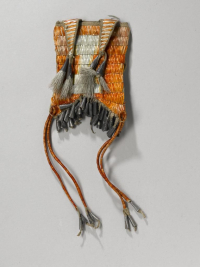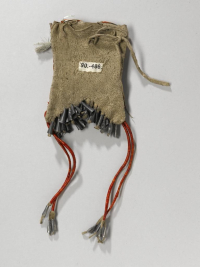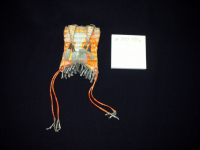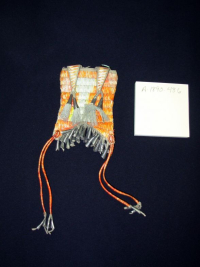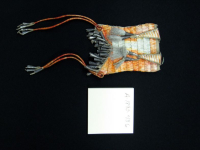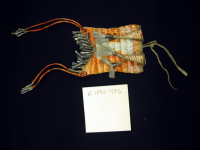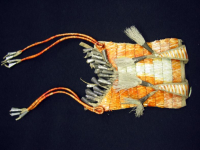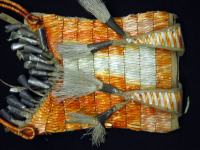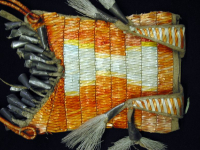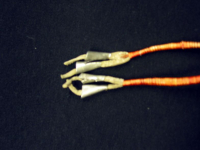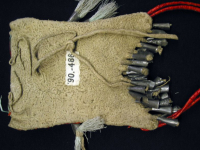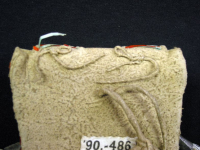medicine pouch
medicine pouch
medicine pouch
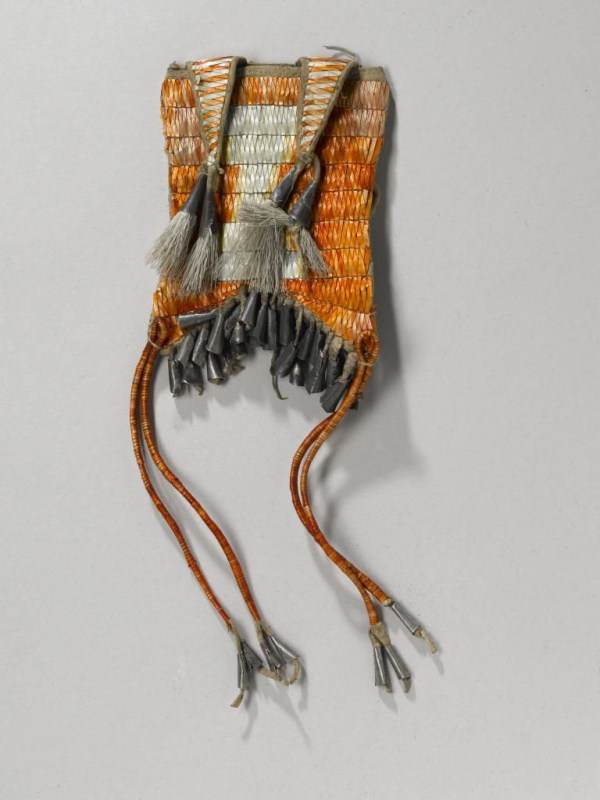
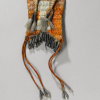

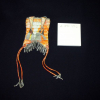

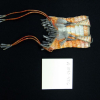

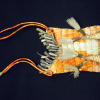

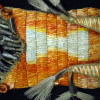
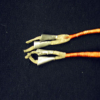
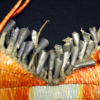
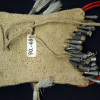
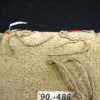
Pouch, possibly medicine pouch, possibly from Plains.
Read More About This Relative
Body: hide, thin (most likely deer, possibly caribou), cones: metal, tassels: deer, moose or caribou hair or possibly horse hair or porcupine hair, decorative elements: quillwork
Hide: unsmoked, home tanned, sewing: seams are on the inside (Cory says not typical for Native sewing), hair on cones: hair is drawn up into the cone, has been folded in half, dyed red, decorative elements: quillwork, done with cotton thread, folded and tacked
Pouch was originally sewn closed, likely a medicine pouch
Cory and Ruth: Blue dye was very unstable, the original blue, and red have faded to light blue (for the hourglass) and orange for the body. On-site researchers: more like to be from the plains, possibly used to hold medicine because of its size and the fact that it wasn't designed to open in a normal way; Cory and Laura: the folded quillwork is typical of Plains, possibly Lakota: Cory: possible that Anishinaabe could have used a Plains stich. Tabs "like upside down ears" are also more typical of Plains; Ruth: The tassels are thicker than is typical of Anishinaabe work. Also the wider neck of the hourglass is characteristic of the Plains
Provenance
About This GRASAC Record
Unknown Plains artist, medicine pouch. Currently at National Museums Scotland, A.1890.486. Item photographed and described as part of a GRASAC research trip December 2007 in which the author took part; GRASAC item id 24687
9 Apr 2007 Ruth Phillips, On-site researchers: Cory Willmott, Heidi Bohaker, Laura Peers, Ruth Phillips, Keith Jamieson, Alan Corbiere, Henrietta Lidchi, Robert Storrie, Chantal Knowles, Brenda McGoff













 Knowledge Sharing Platform
Knowledge Sharing Platform

